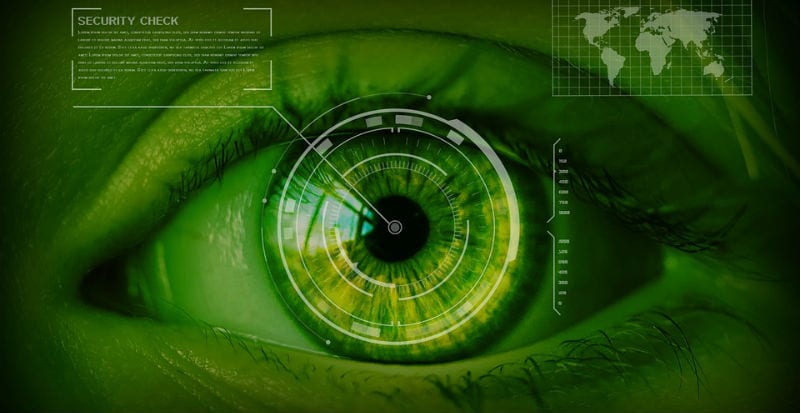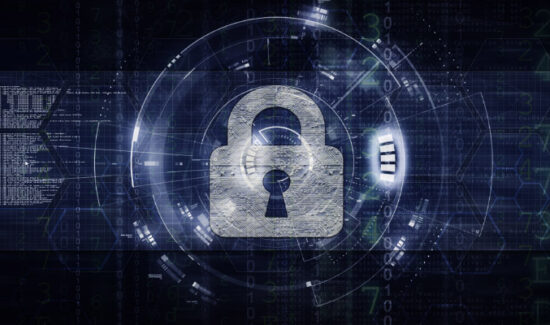How Legacy Identity Management Solutions Leave You Vulnerable


How does legacy identity management solution leave your enterprise vulnerable? What exactly does a next-generation solution offer instead?
Inertia might be the greatest challenge in cybersecurity. IT decision-makers select a solution early on in the process of establishing the environment and hold onto it. “It still works, we haven’t had a problem, and everyone already knows it,” are all classic catch-phrases repeated when someone asks whether it might be time for an upgrade. From the outside, it might seem like an unnecessary expense.
However, the expense seems like small potatoes compared to the long-term damage caused by a data breach or cyber-attack. The fallout is often multifaceted and difficult to recover from without the right tools.
Legacy identity management solutions put your business on track to lost millions in a single cyber-attack. Here’s how, and what next-gen solutions do instead.
How Legacy Identity Management Solutions Leave You Vulnerable
Single-Factor Authentication
Is there a vulnerability more widespread and more ignored than the single-factor authentication portal? Almost every business still relies on password-only authentication for their logins and authorization for permissions. Passwords are weak, in cybersecurity terms. Any hacker can figure out a way to brute-force guess or use simple research to discover most passwords; some can even just reach out to lists of stolen passwords and rely on the common practice of repeated passwords to gain entry.
Everyone knows that single-factor authentication is weak, yet it’s the only option legacy identity management solutions offer. Next-gen solutions, on the other hand, offers multifactor authentication (MFA). This tool asks users for multiple factors before they can gain access, since every factor puts a stumbling block between hackers and sensitive data. Additionally, not all factors need active inputs, instead gathering information that comes from simple data collection like location and time.
MFA is far stronger than single-factor authentication. Another win for next-generation.
Lack of Continuous Monitoring
With legacy identity management, once a user (or a hacker) passes through the authentication portal…that’s it. They have free reign within their permissions to do whatever they want on the network. In fact, with legacy solutions, you may have no idea what any one user is doing on your network at any given time. Are they actually doing their job? Or are they making moves that feel much more suspect? Could you tell the difference?
Next-generation identity management, by contrast, offers continuous monitoring over all of your users. This capability establishes baseline behaviors for each user on your network; what they do on a day-to-day basis, how they interact with databases and applications, even how they type with certain kinds of biometrics. With these baselines established, the solution keeps watch. If any user starts violating the baselines, it sends an alert to the IT security team for investigation; therefore, it can detect a hacker posing as a user faster than a legacy solution could ever dream.
Can’t Find Everyone
Of course, continuous monitoring only works if you know the users operating in the environment. Legacy solutions often suffer from problems concerning orphaned accounts – the lingering accounts of former users which still have permissions. These accounts can still cause very real damage on your network, possibly more so because it comes from an unexpected source.
Next-generation solutions help prevent orphaned accounts by automating and streamlining the offboarding process, ensuring accounts don’t linger. However, it can also help find orphaned accounts leftover from legacy solutions. Perhaps now is the time to switch over?
Learn more in the Solutions Suggestion Engine, or in our guides to Identity Management, Privileged Access Management, and Identity Governance.




















